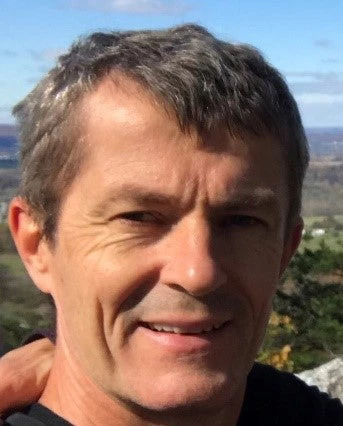A devastating famine has struck parts of East Africa and the Middle East. As the world rushed to prevent the worst from happening, it was a good time to understand how a disaster of such proportions, affecting millions of people, could go unreported for so long.
There are many ways in which crises can be identified sooner and relief efforts monitored better. One of these is by calling people in affected areas to get a clear picture of things on the ground. With the amazingly rapid spread of mobile phones, it is possible to get accurate information about major events on an almost real-time basis.
In Africa, we have used mobile phones to monitor the Ebola crisis in West Africa, floods in Dar-es-Salaam and Malawi, forced displacement in Mali, and the conflict in northern Nigeria —so we know it can be done, and done quickly. Based on our experience, mobile phone surveys are an extremely valuable tool not only to assess a crisis but also to measure the efficiency of the response to it.
One promising initiative is Listening to Africa (L2A), which uses mobile phones to collect data cheaply, quickly, and from people who are otherwise hard to reach. It started with an idea and a collaboration with an NGO in Tanzania almost seven years ago. Initial funding allowed the team to demonstrate that it is, in fact, possible to collect reliable data through mobile phones.
Over the past five years, the World Bank has expanded the approach to six countries—Madagascar, Malawi, Mali, Senegal, Tanzania, and Togo—and shared the lessons learned online, through academic articles, and in a handbook. In the process, we have convinced many skeptics about the potential this innovative approach has for data collection.
Bringing the approach to this point has involved a tremendous amount of hard work and learning. We learned about collecting reliable data from respondents who may be illiterate; about keeping respondents and interviewers interested in repeated surveys; and about avoiding bias in responses and ensuring data quality.
We also learned how to minimize the risk of drop-out. Above all, we learned to adapt on the fly as not everything turned out to be an instant success.
We learned, for instance, that mobile phone surveys cannot replace traditional face-to-face household surveys. We also learned the cost per question is relatively high and the depth of analysis greater if more information is collected in one go. So, if you want to ask many questions, mobile phone surveys are not the instrument of choice. And we learned that if a baseline survey can be avoided—for instance because phone numbers have already been collected—the approach becomes extremely cost effective and rapid to deploy.
This last lesson lies at the core of the prevailing approach to crisis monitoring, where you pro-actively build databases with phone numbers and core respondent characteristics. Such data can easily be compiled as part of ongoing surveys for e-voucher schemes or social protection registers.
Statistical offices are well placed to do this.
Once the database is constructed it can be tapped into whenever there is a need. During an emergency, or when a pressing issue requires answers, a call center can be set up. (We learned how to do this quickly.) Information collected directly from the people affected can be analyzed rapidly and used to organize and monitor the effectiveness of the response effort.
This would greatly help policymakers protect the most vulnerable better.
A little goes a long way
With all this knowledge and experience, we think this is the right time to scale up this initiative and go mainstream, especially in crisis monitoring. Imagine if we were to deploy a representative mobile phone survey within a week’s notice in any country in sub-Saharan Africa during a crisis. This would not only provide valuable real-time information but could be used to mount an effective response.
Clearly, this idea is appealing: it is no coincidence this approach has won multiple prizes. Yet, to make this happen, we need more than recognition: we need funding. The sums of money we need may not be huge compared to others in the global aid community, or relative to the billions that are now needed for emergency assistance in just a few countries. To set up a system across sub-Saharan Africa would require an estimated US$20 million.
Given the value of this tool for crisis monitoring, it seems like a smart investment, and we are ready to share our experience and offer our assistance to make it happen.



Join the Conversation